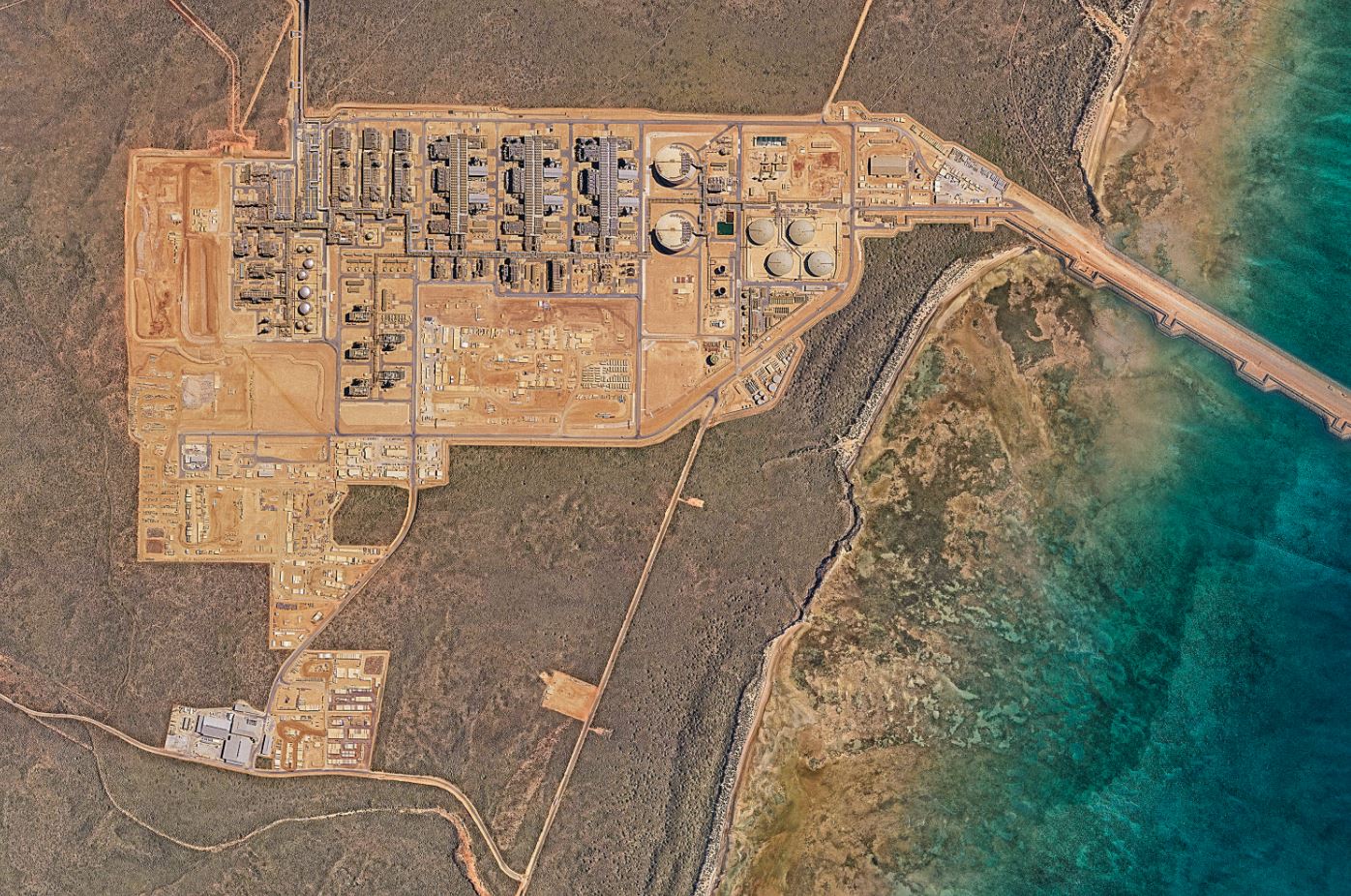A unit of US energy firm Chevron said it has failed to meet emission targets at its giant Gorgon LNG project in Australia.
Chevron Australia launched “the world’s largest” carbon capture and storage (CCS) system at the 15.6 mtpa LNG facility on Barrow Island in August 2019.
The facility has a capacity to capture 4 million tonnes of CO2 per year. However, Chevron said on Monday that it has injected five million tonnes of greenhouse gas (carbon dioxide equivalent, CO2e) since the start.
“The milestone represents the largest volume of injection achieved within this time frame by any environmental carbon capture and storage (CCS) system of comparable specifications,” Chevron Australia said.
This is equivalent to taking more than 1.6 million passenger vehicles off Australia’s roads for a year, according to the firm.
Once fully operational, the system will capture up to 4 million tonnes of CO2 annually and reduce greenhouse gas emissions by more than 100 million tonnes over the life of the injection project, Chevron Australia said.
The system works by taking naturally occurring CO2 from offshore gas reservoirs and injecting it in a giant sandstone formation two kilometres under Barrow Island, where it remains trapped.
Working with the WA regulator on making up the shortfall
Chevron Australia managing director Mark Hatfield said, “while the system had delivered significant reductions in Gorgon’s emissions, the time taken to safely start the system meant Chevron had not met injection requirements.”
“Chevron is working with the WA regulator on making up the shortfall and will report publicly on that later in the year,” Hatfield said.
“Like any pioneering endeavour, it takes time to optimise a new system to ensure it performs reliably over 40-plus years of operation,” he said.
Hatfield said, “the road hasn’t always been smooth, but the challenges we’ve faced – and overcome – make it easier for those who aspire to reduce their emissions through CCS.”
“CCS is a proven technology which experts agree is critical to achieving a lower carbon future while ensuring access to affordable and reliable energy for billions around the world who rely on it,” he said.
The Gorgon development is one of the world’s largest natural gas projects with a price tag of about $54 billion.
The plant liquefies gas coming from two offshore fields – Gorgon and Jansz-Io.
The first LNG cargo departed Barrow Island in March 2016 followed by gas supply to the domestic market in December.
Chevron Australia operates the project with a 47.3% share while ExxonMobil and Shell have a 25% stake, each.
Japan’s Osaka Gas, Tokyo Gas, and JERA own the remaining stakes in Gorgon.

